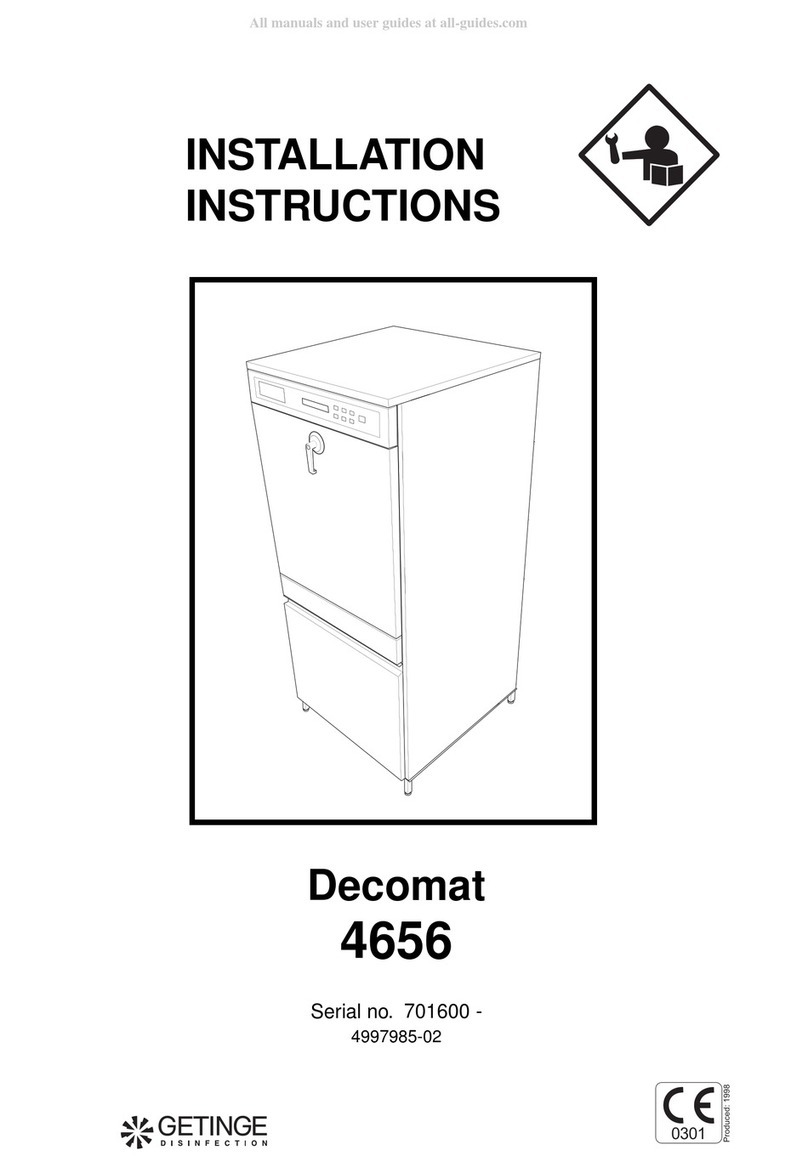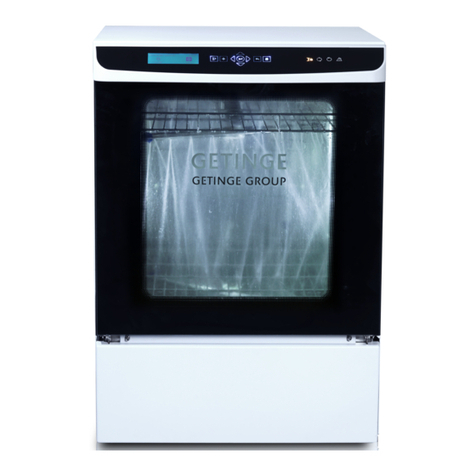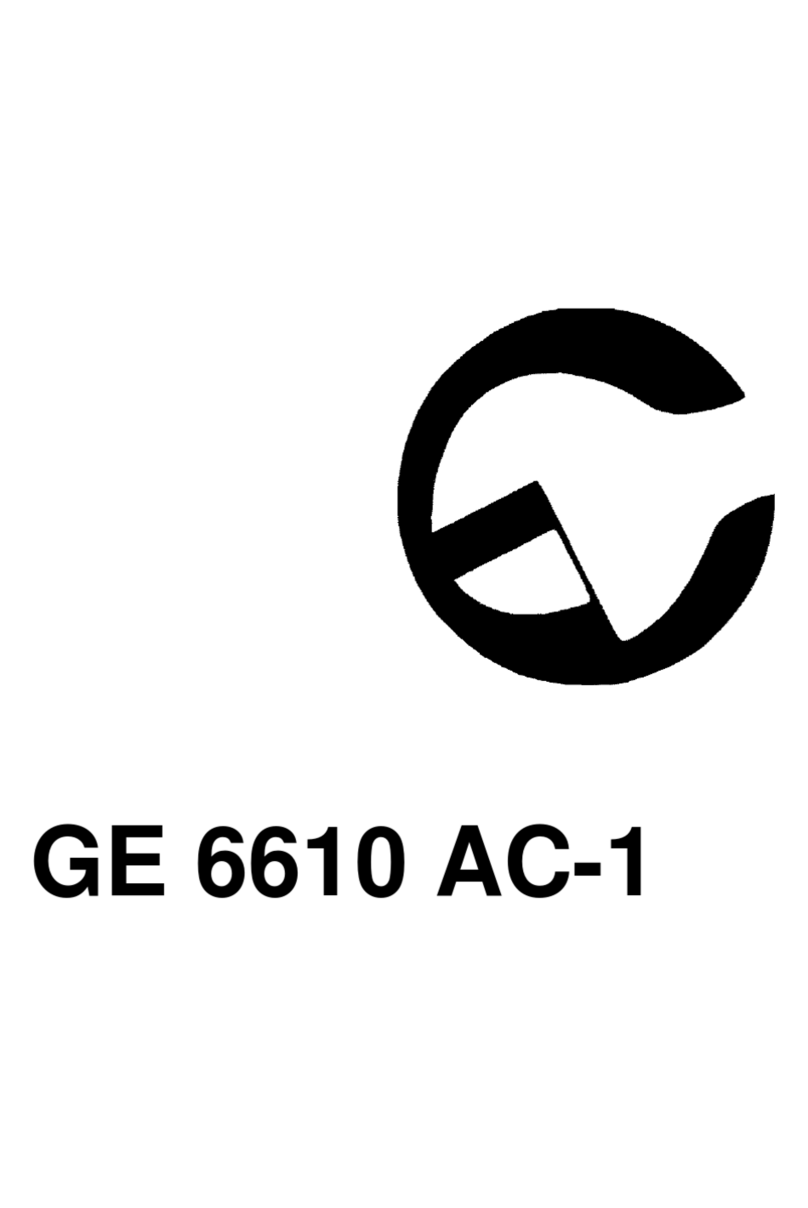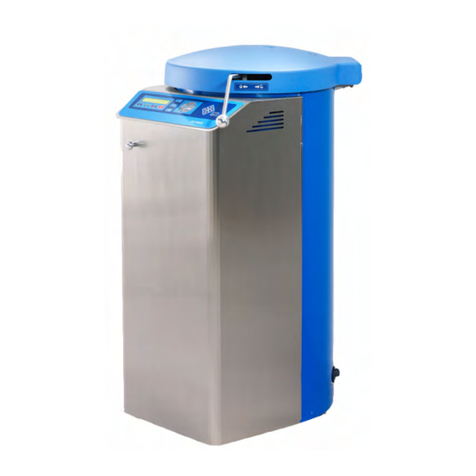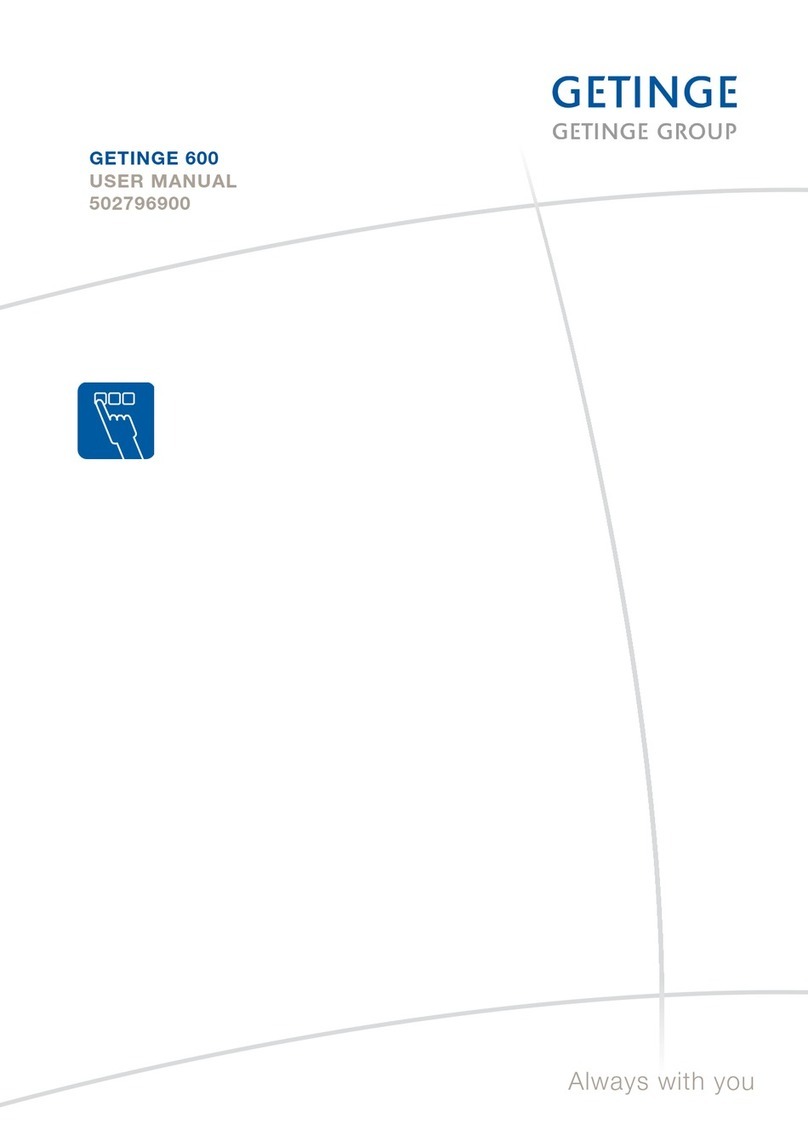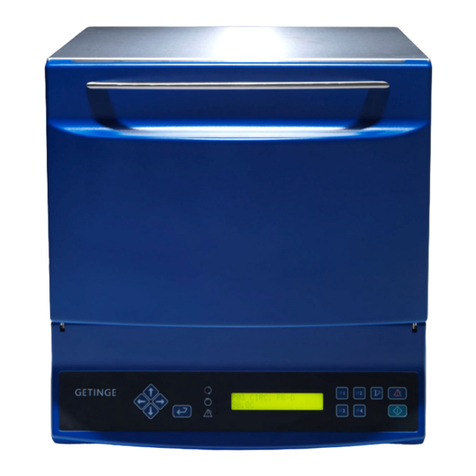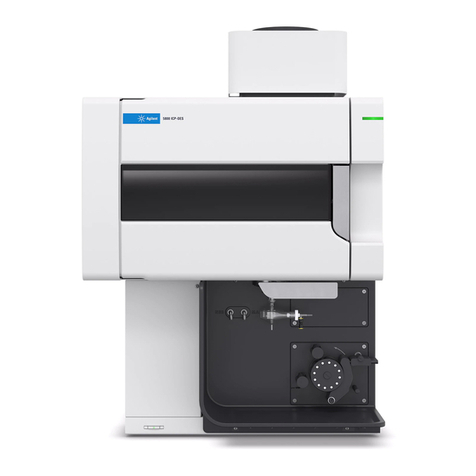Contents
PREFACE...................................................................................................................... 5
SAFETY PRECAUTIONS................................................................................................ 6
Important................................................................................................................ 6
Isolator switch......................................................................................................... 6
In an emergency..................................................................................................... 7
Make sure that the assembly and installation is carried out:.................................... 7
When the work is complete, check that................................................................... 7
Product liability........................................................................................................ 7
Attention symbols................................................................................................... 8
INTRODUCTION............................................................................................................ 9
Area of application.................................................................................................. 9
General Description................................................................................................. 9
Washer-disinfector options and selections.............................................................. 9
Performance Characteristics................................................................................. 12
CONTROL PANEL....................................................................................................... 19
OP30 panel........................................................................................................... 19
Display panel rules................................................................................................ 23
OP10 panel......................................................................................................... 107
ALARM MANAGEMENT............................................................................................. 108
Error indicators................................................................................................... 108
Acknowledging an alarm..................................................................................... 109
PREVENTIVE MAINTENANCE.................................................................................... 121
General............................................................................................................... 121
Function check................................................................................................... 122
Loading of System Program and Application Program........................................ 123
Load the back up in the "Flash Prom" to the PACS............................................. 125
Changing of operating language.......................................................................... 125
Cold and warm start of PACS 3500.................................................................... 126
Softstart.............................................................................................................. 127
Adjusting analog input......................................................................................... 129
Pressure transmitter for DISCHARGE PRESSURE (0-2.5 bar)............................. 134
Temperature sensors.......................................................................................... 135
Pressure differential transmitter for drying unit (0-10 mbar).................................. 135
DOSING..................................................................................................................... 136
Replacing a hose in the dosing pump................................................................. 136
Hose selection.................................................................................................... 137
Setting detergent and rinse-aid quantities........................................................... 138
Flow monitoring.................................................................................................. 139
Starting up.......................................................................................................... 139
DOORS...................................................................................................................... 140
Door switches, position and operation................................................................ 140
Adjusting the pressure stabilizer.......................................................................... 141
Adjusting the limit switch..................................................................................... 142
Adjusting safety line breaker................................................................................ 147
Overheating protection (only on electrically heated washer-disinfectors).............. 148
Page 3 of 166
<Doc_TEC><Doc_6001341502><Rel.A><Lang_en>
